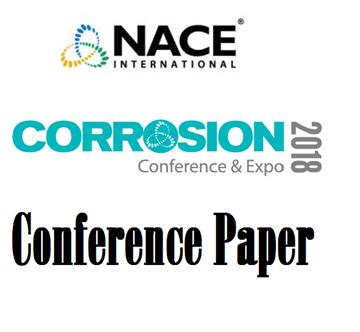Search
Products tagged with 'fire'
View as
Sort by
Display
per page
51315-5425-A Unique Explosion Case Involving a Titanium Reactor
Product Number:
51315-5425-SG
ISBN:
5425 2015 CP
Publication Date:
2015
$0.00
51318-11390-Diagnostic Corrosion Condition of Oil and Gas Pipelines
Product Number:
51318-11390-SG
Publication Date:
2018
$20.00
Fire Behavior of GFRP Reinforced Concrete: State-of-the-Art Review
Product Number:
MECC23-19957-SG
Publication Date:
2023
$20.00



